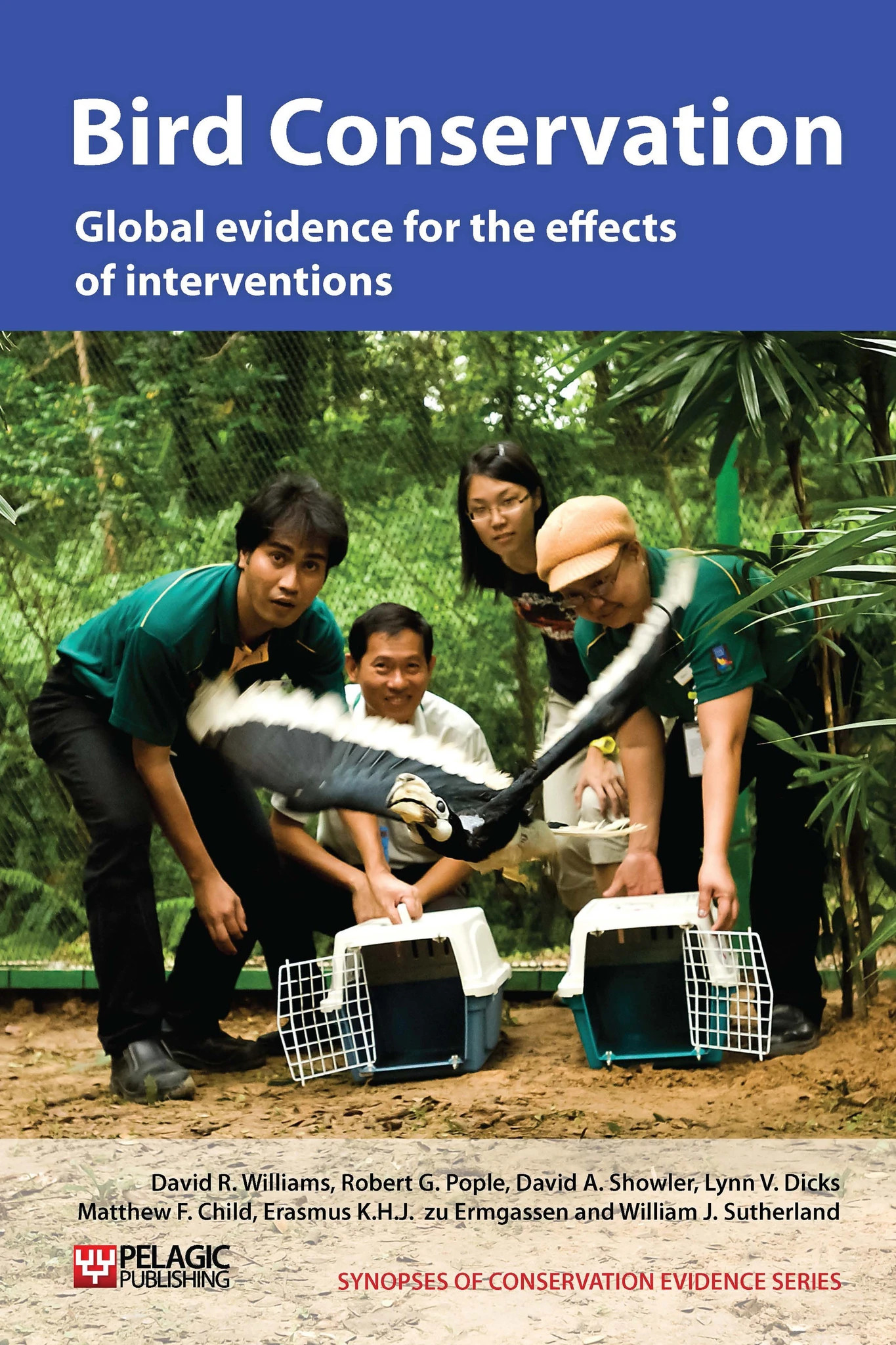Remove problematic vegetation
-
Overall effectiveness category Unknown effectiveness (limited evidence)
-
Number of studies: 4
View assessment score
Hide assessment score
How is the evidence assessed?
-
Effectiveness
43% -
Certainty
23% -
Harms
0%
Study locations
Supporting evidence from individual studies
A site comparison study in desert grassland in Arizona, USA (Germano et al. 1983), found that more Gambel’s quail Lophortyx gambelii were seen and more Gambel’s quail, mourning dove Zenaida macroura, white-winged dove Zenaida asiatica, and scaled quail Callipepla squamata were heard in undisturbed velvet mesquite Prosopis juliflora var. velutina and mesquite with clearings than on mesquite-free pasture. There were no significant differences between undisturbed mesquite and mesquite with clearings.
Study and other actions testedA before-and-after study on Cabbage Tree Island, south east Australia (Priddel & Carlile 1995) found that of 122 adult Gould’s petrels Pterodroma leucoptera leucoptera specimens in the Australian National Wildlife Collection, Canberra, 48% were thought to have been killed by becoming entangled in the fruits of the bird-lime tree Pisonia umbellifera. In addition, between 1989 and 1991, several petrels were seen entangled and dying in P. umbellifera fruits every year. However, following the eradication of most of the population of P. umbellifera trees in 1992 and their failure to flower in 1993, no petrels were found dead due to entanglement in the 1992-3 or 1993-4 breeding seasons. This study is also discussed in ‘Control avian predators on islands’.
Study and other actions testedA small before-and-after on Chatham Island, New Zealand between 2001 and 2004 (Moore & Davies 2004) found that three pairs of Chatham Island oystercatchers Haematopus chathamensis at two beach sites (each approximately 100 m long and 40 m wide) nested higher up the beach and further from the storm tide zone (thus reducing the chances of nests being washed away) following the removal of invasive marram grass Ammophila arenaria through the application of broadscale (Roundup™ – glyphosate) and grass-specific (Gallant™) herbicides and physical removal. The impact on nesting success or productivity was not reported.
Study and other actions testedA before-and-after study on the middle reach of the Tama River, Honshu, Japan (Katayama et al. 2010), found that the number of long-billed plovers Charadrius placidus observed in the study area increased significantly following the removal of invasive black locust Robinia pseudoacacia from river islands in 2001-2 to expose bare ground, which was then covered in gravel to create gravel and sand bars (0.4 plovers/observation trip, n = 15 trips in 2001 vs. 4 plovers/trip, n = 25 in 2002; 19 plovers/trip, n = 19 in 2004; 11 plovers/trip, n = 7 in 2006. The increase from 2001 to 2002 was significant). Hatching rates were extremely variable in the study area (19% in 2006 vs. 100% in 2003) and could not be compared with earlier studies or studies from other sites due to incomplete data and different survey methods.
Study and other actions tested
Where has this evidence come from?
List of journals searched by synopsis
All the journals searched for all synopses
This Action forms part of the Action Synopsis:
Bird Conservation
Bird Conservation - Published 2013
Bird Synopsis





)_2023.JPG)














